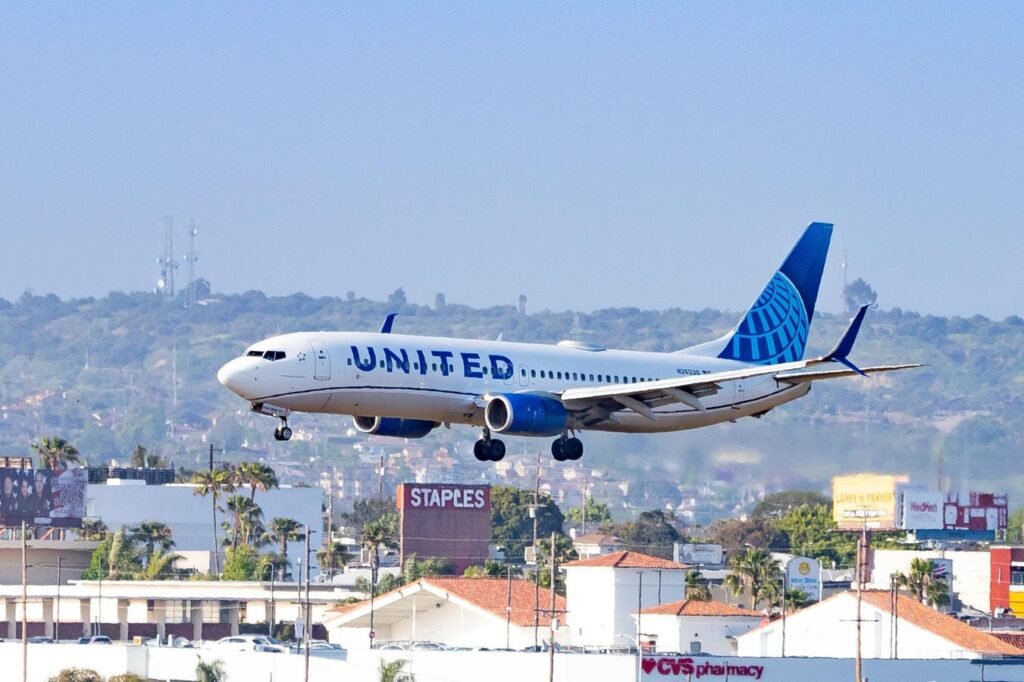Despite facing challenges in recent years, United Airlines stock has seen a significant recovery in recent months, trading at $51 per share as of the latest data. This is more than 15% below its peak level in March 2021, but there is potential for the stock to see higher levels over time. In contrast, Southwest Airlines stock is currently trading at $26, more than 55% below its peak level in April 2021. United Airlines’ stock saw an increase in trading value following the decline in inflation rates in response to the Fed’s aggressive rate hike plan. The company has also seen an increase in revenues, contributing to the stock’s recovery.
However, despite the recent gains, United Airlines has had inconsistent returns in recent years. The stock saw returns of 1% in 2021, -14% in 2022, and 9% in 2023. In comparison, the S&P 500 saw returns of 27% in 2021, -19% in 2022, and 24% in 2023, indicating that UAL underperformed the benchmark index in 2021 and 2023. Beating the S&P 500 has proven difficult for individual stocks in recent years, even for industry heavyweights and megacap stars. The Trefis High Quality Portfolio has outperformed the S&P 500 each year over the same period, providing better returns with less risk.
Looking ahead, there is uncertainty regarding United Airlines’ performance in the current macroeconomic environment characterized by high oil prices and elevated interest rates. The company may face challenges similar to those experienced in 2021 and 2023, potentially underperforming the S&P 500 over the next 12 months. To return to pre-inflation shock levels, UAL stock would need to gain over 20% from current levels. However, the potential for a strong jump exists, with the company expected to see a valuation of around $60 per share, implying approximately 15% gains.
A detailed analysis of United Airlines’ performance post-inflation shock compares the current market conditions with the 2008 recession. The timeline of the inflation shock in 2022, which peaked at 9%, and subsequent Fed rate hikes mirrors the challenges faced during the 2007-2008 crisis. During the 2008 crisis, UAL stock declined significantly but eventually recovered post-crisis. The company’s fundamentals, including revenues and earnings, have shown recovery from the impact of the Covid-19 outbreak, indicating positive growth potential.
United Airlines has shown resilience in meeting its financial obligations through the ongoing inflation shock, with a sufficient cash cushion of around $14 billion to cover its total debt of $32 billion. The company has generated $7 billion in cash flows from operations in the last twelve months, demonstrating its ability to meet near-term obligations. With the Fed’s efforts to control inflation rates and consumers prioritizing travel spending, United Airlines stock has the potential for further gains once fears of a potential recession diminish.
In conclusion, United Airlines stock has shown signs of recovery and growth potential in the current market environment. While there may be challenges ahead, the company’s ability to meet its financial obligations and capitalize on increased travel demand bodes well for future performance. Investors looking for market-beating opportunities may find value in exploring United Airlines and its peers in the airline industry for potential investment opportunities.

